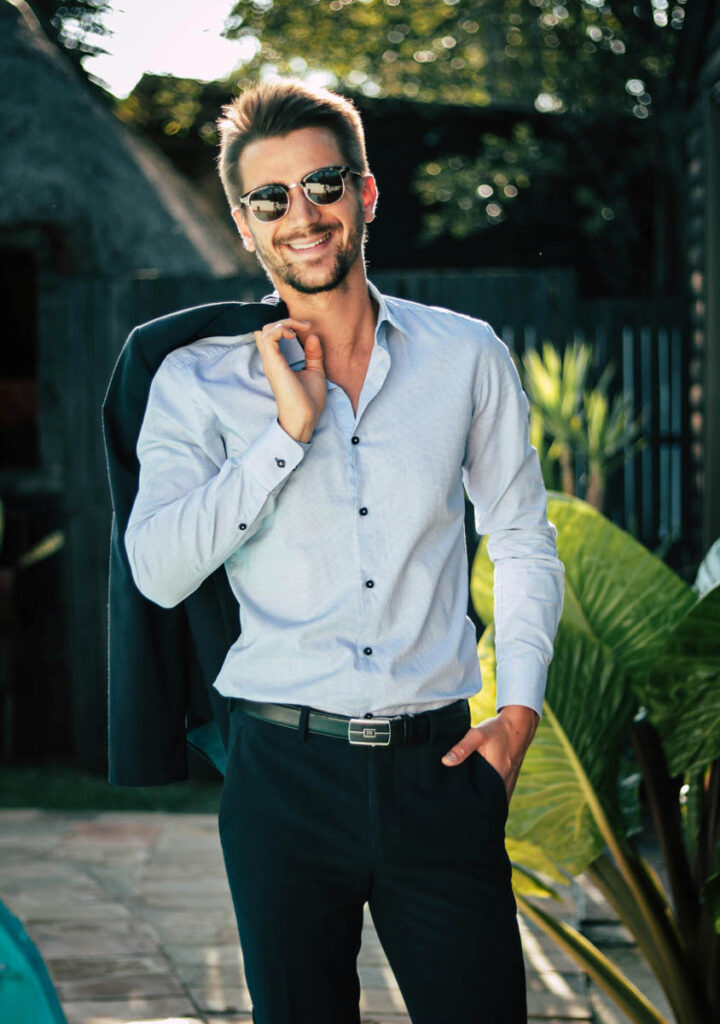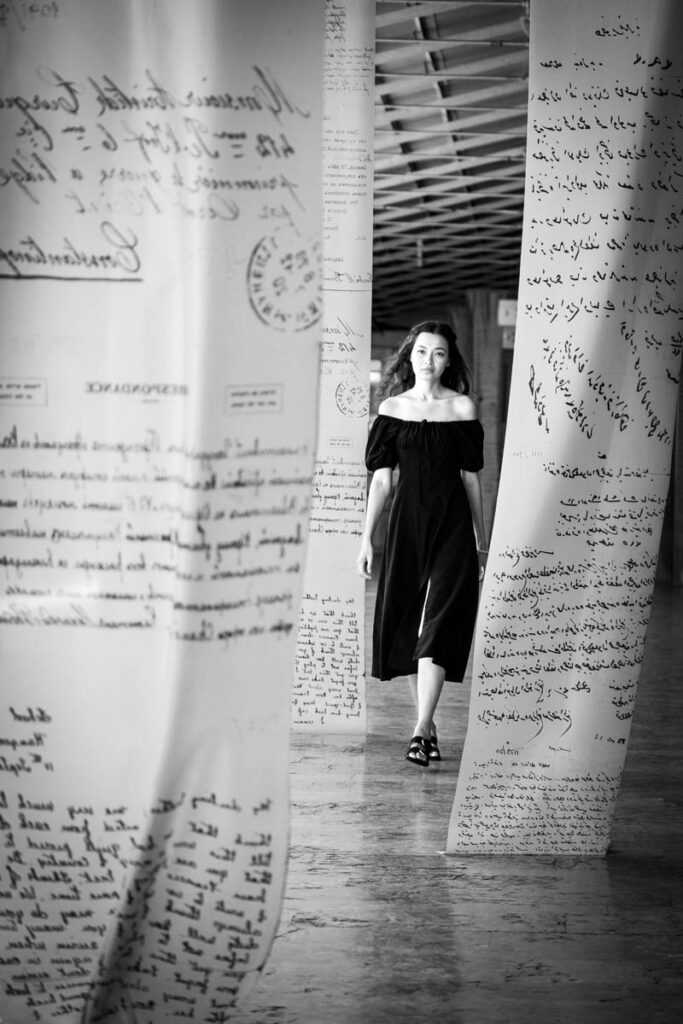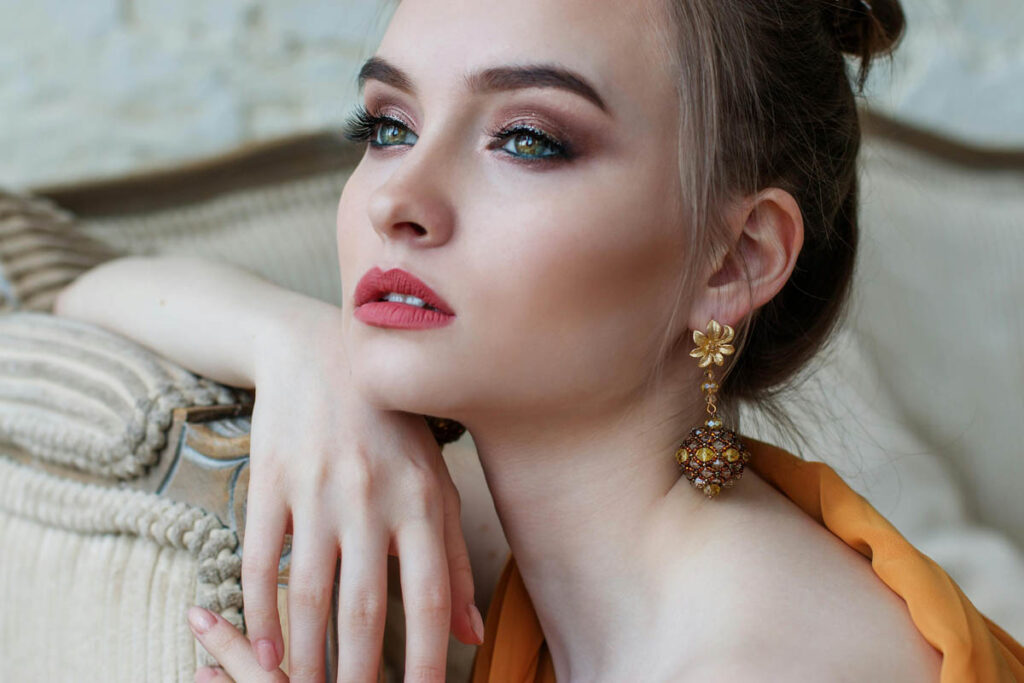
Fashion photography is a captivating genre that beautifully blends the realms of art, style, and storytelling. It is an art form that not only showcases the latest trends and designs but also conveys emotions, narratives, and aspirations. In this article, we will explore the enchanting world of fashion photography, understanding its significance, techniques, and the artistic vision required to create stunning images that resonate with viewers.

The Essence of Fashion Photography
Fashion photography goes beyond merely documenting clothing and accessories; it is a visual expression of creativity, culture, and identity. It has the power to capture the essence of fashion, portraying models, garments, and accessories in a way that evokes emotions, inspires aspirations, and fuels desires. From high-fashion editorials to commercial campaigns, fashion photography sets trend, influences perceptions, and shapes the industry itself.
Key Elements of Fashion Photography
Concept and Storytelling
Fashion photography is a medium to convey stories, concepts, and moods. It involves creating a visual narrative that complements the garments and accessories being showcased. Fashion photographers collaborate with stylists, makeup artists, and models to craft a cohesive story through composition, poses, and locations.
Lighting and Mood
Lighting plays a vital role in fashion photography, setting the mood and enhancing the visual impact. Whether it’s soft and ethereal lighting for a romantic shoot or bold and dramatic lighting for a high-fashion editorial, the careful control and manipulation of light contribute to the overall aesthetic and ambiance of the image.
Composition and Framing
The composition of a fashion photograph is crucial in drawing the viewer’s attention to the subject and creating a visually pleasing image. Composition techniques such as the rule of thirds, leading lines, and symmetry are utilized to create balance, harmony, and visual interest. Framing techniques, such as close-ups, wide shots, and unconventional angles, add a dynamic element to the composition.
Styling and Art Direction
Fashion photography involves collaboration with stylists, who curate the clothing, accessories, and overall look for the shoot. The stylist’s expertise contributes to the visual appeal, cohesiveness, and fashion-forwardness of the images. Art direction encompasses the creative direction and vision behind the shoot, ensuring that the overall concept, sets, and props align with the desired aesthetic.
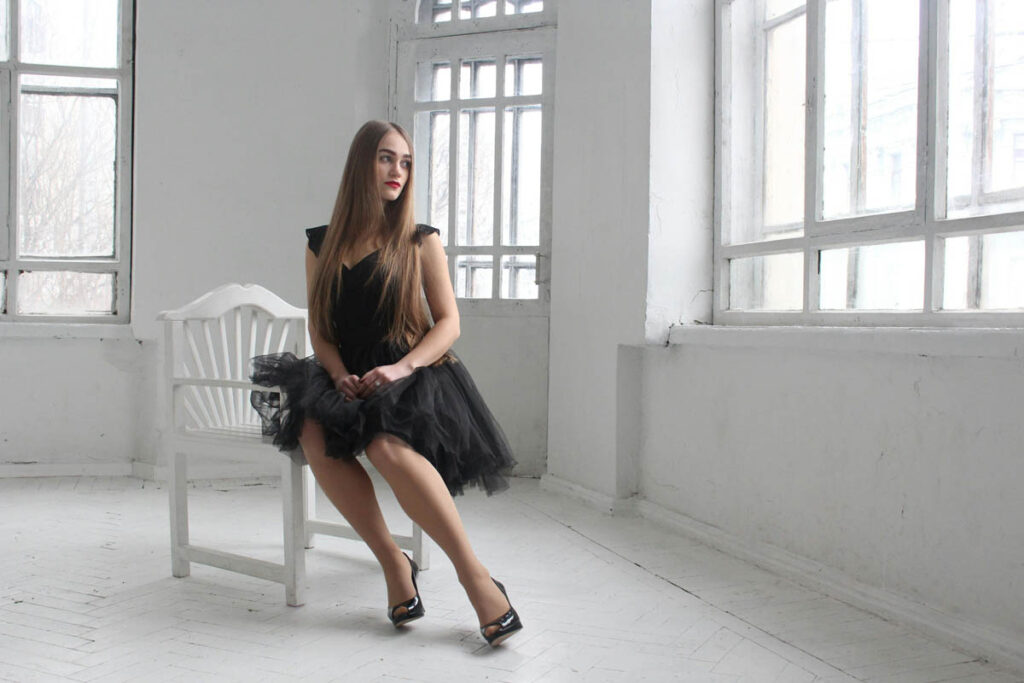
Location and Set Design
The choice of location or set design greatly influences the mood and context of the fashion photographs. Whether shooting in urban landscapes, natural environments, or carefully crafted sets, the location and set design add depth, character, and context to the images.
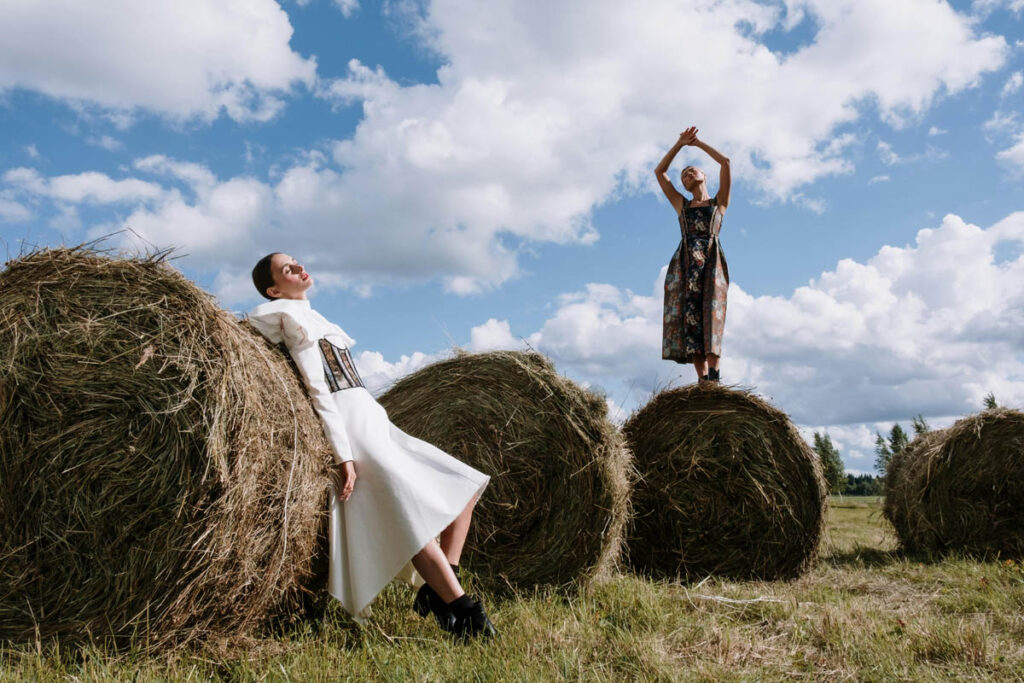
Model Posing and Expression
Models play a crucial role in fashion photography, as their poses, expressions, and body language bring life and energy to the garments and accessories. The ability to convey emotion, elegance, and confidence through posing and expression is essential for capturing the desired aesthetic and narrative.
Challenges and Rewards
Fashion photography presents its share of challenges. The fashion industry’s fast-paced nature, demanding schedules, and high expectations require photographers to be adaptable, efficient, and creative problem solvers. Additionally, staying up to date with the latest trends, styles, and industry standards is crucial. However, the rewards of fashion photography are immense. The opportunity to collaborate with talented professionals, work with renowned brands, and have your images seen by a global audience make it a thrilling and fulfilling career.
Tips to enhance your fashion photography skills
- Research and Understand the Industry: Stay updated on current fashion trends, styles, and aesthetics. Familiarize yourself with the work of renowned fashion photographers to gain inspiration and insight into the industry’s visual language.
- Plan and Conceptualize: Develop a clear concept or theme for your fashion shoot. Plan the wardrobe, styling, location, props, and overall mood in advance. This will help you execute your vision effectively and ensure a cohesive and impactful series of images.
- Collaborate with a Team: Build a creative team consisting of a stylist, makeup artist, hair stylist, and models who align with your vision. Collaborating with professionals who specialize in fashion can elevate the quality and authenticity of your work.
- Utilize Lighting Techniques: Experiment with various lighting setups to create the desired mood and accentuate the garments. Understand the importance of natural light, studio lighting, and modifiers such as softboxes or reflectors to achieve your desired effects.
- Pay Attention to Composition: Develop a strong sense of composition and framing. Experiment with different angles, perspectives, and creative compositions to add visual interest and capture the essence of the clothing. Use techniques such as leading lines, symmetry, and negative space to create visually compelling images.
- Direct and Pose Models: Guide your models with clear instructions and provide them with direction. Work on creating dynamic and engaging poses that showcase the clothing and evoke the desired emotions. Make sure the models convey confidence, elegance, and style through their body language and expressions.
- Experiment with Locations and Set Design: Choose locations or create sets that complement the fashion theme. Whether shooting in studios, urban environments, or natural landscapes, ensure that the location or set enhances the overall concept and adds depth to the images.
- Pay Attention to Details: Fashion photography demands meticulous attention to detail. Check for wardrobe malfunctions, creases, and accessories that might distract from the overall composition. Strive for perfection in every aspect, including hair, makeup, and styling.
- Post-Processing and Editing: Develop your post-processing skills to enhance and refine your images. Use editing software to adjust colors, contrast, and sharpness while maintaining the integrity of the garments and models. Remember to maintain a consistent aesthetic throughout your series.
- Develop a Unique Style: As you gain experience, aim to develop a unique and recognizable style that sets your work apart. Experiment with different techniques, but also stay true to your artistic vision and personal voice.
- Network and Collaborate: Connect with professionals in the fashion industry, including designers, stylists, models, and other photographers. Collaborating and building relationships can open doors to exciting opportunities and expand your creative network.

Remember, practice and experimentation are key to improving your fashion photography skills. Continuously challenge yourself, seek feedback, and strive for growth. With time, dedication, and a passion for fashion, you can create captivating and impactful images that leave a lasting impression.
Conclusion
Fashion photography is a captivating art form that merges creativity, style, and storytelling. It goes beyond showcasing clothing and accessories; it captures the essence of fashion, inspiring and influencing the audience. With a keen eye for aesthetics, a passion for storytelling, and a solid understanding of fashion, photographers can create images that evoke emotions, spark imaginations, and leave a lasting impact. Fashion photography continues to shape the industry, setting trends and creating visual narratives that celebrate the beauty, elegance, and creativity of fashion.





